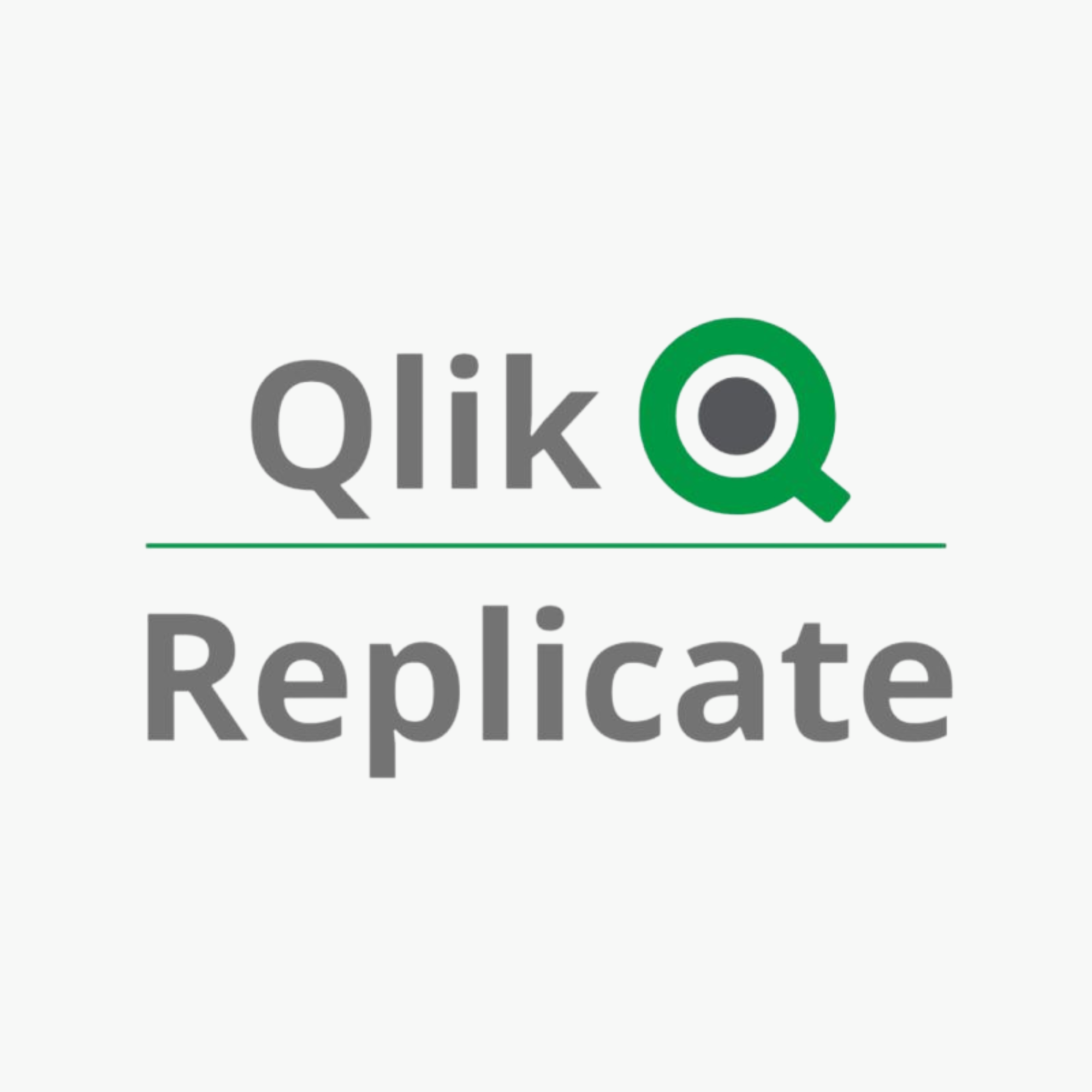Event-Driven Architecture (EDA) is a software pattern where components interact by producing and responding to events, forming a loosely coupled system. Components operate independently and react to events signifying changes in the system's state, like user actions or updates. This architecture is scalable and flexible, ideal for real-time systems, microservices, and applications needing responsiveness to changes.
Data-Driven Architecture is a design approach where a system’s structure and behavior are governed by data. Decisions and actions rely on analyzing and managing data rather than predefined logic or workflows. Systems built on this architecture treat data as central, enabling adaptability based on real-time or historical data. It's commonly used in applications where insights, automation, or decision-making derive from data, like machine learning systems, recommendation engines, or business intelligence platforms.







